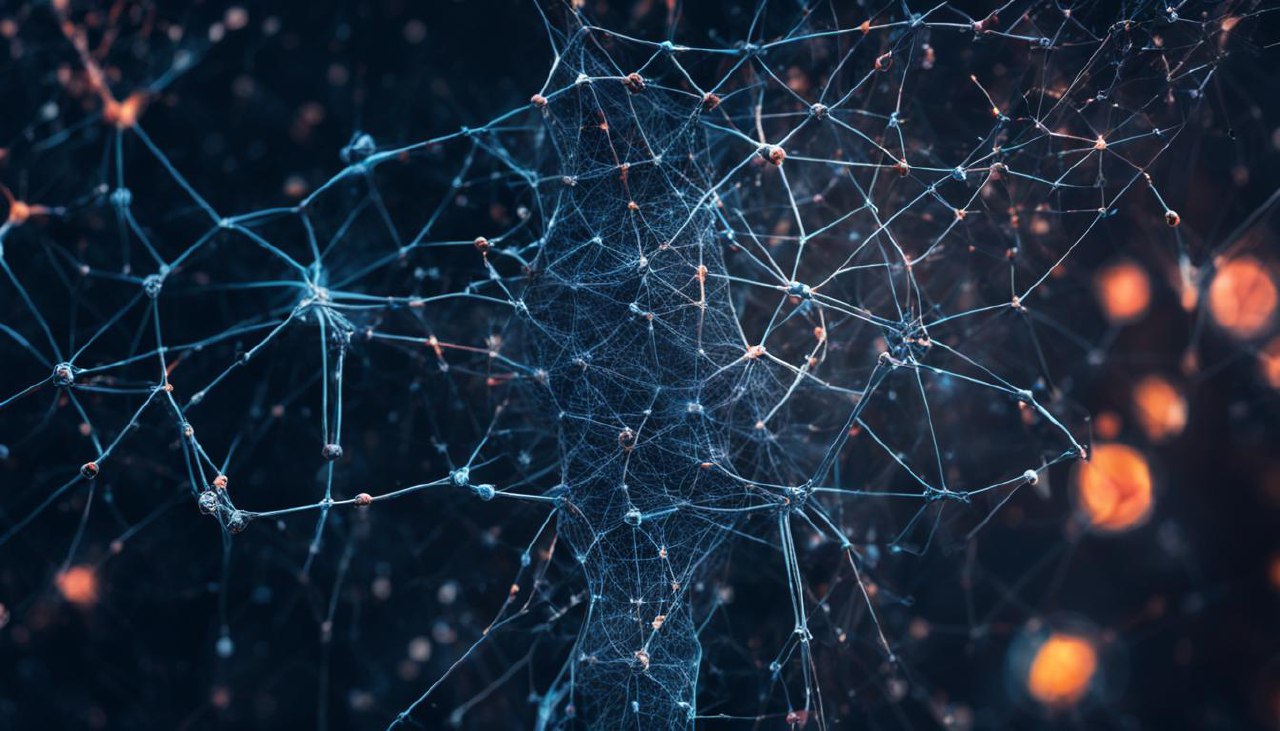Classification: Neural Networks

Classification neural networks are a fundamental concept in the field of machine learning. These networks are designed to categorize input data into specific classes or categories based on patterns and features they learn from training data. In this overview, we will discuss the key aspects of classification neural networks.
Types of Classification Neural Networks
Feedforward Neural Networks (FNNs):
- FNNs are the simplest form of neural networks where data flows in one direction, from input nodes through hidden layers to output nodes.
Convolutional Neural Networks (CNNs):
- CNNs are well-suited for image recognition tasks due to their ability to capture spatial hierarchies in images using convolutional layers.
Recurrent Neural Networks (RNNs):
- RNNs are designed to handle sequential data by incorporating feedback loops that allow information to persist over time steps.
Long Short-Term Memory (LSTM) Networks:
- LSTMs are a specialized form of RNNs capable of learning long-term dependencies and are commonly used for tasks such as speech recognition and language modeling.
Training Process
- The training process involves feeding labeled training data into the network, calculating prediction errors using a loss function, and updating network weights through methods like backpropagation and gradient descent.
Activation Functions
- Activation functions introduce non-linearity into the network's decision-making process, enabling it to learn complex relationships in the data.
Loss Functions
- Loss functions measure the inconsistency between predicted outputs and true labels during training, guiding the network towards improved classification performance.
Evaluation Metrics
- Common evaluation metrics for classification tasks include accuracy, precision, recall, F1 score, and confusion matrices which provide insights into model performance on different classes.
Applications of Classification Neural Networks
- Classification neural networks find applications across various domains including image recognition, natural language processing, medical diagnosis, fraud detection, sentiment analysis, etc.
In conclusion, classification neural networks play a crucial role in supervised learning tasks by enabling machines to accurately classify inputs into predefined classes or categories based on learned patterns from training data.
Sponsored
Sponsored
Sponsored
Explore More:

Model Evaluation and Selection
Topic model evaluation and selection are crucial steps in the process of building...

Feature Engineering
Feature engineering is the process of selecting, creating, and transforming features (inputs) in...

Natural Language Processing (NLP)
Natural Language Processing (NLP) is a subfield of artificial intelligence that focuses on...

Neural Networks and Deep Learning
Neural networks are a class of algorithms modeled after the human brain's neural...

Reinforcement Learning
Reinforcement learning is a branch of machine learning concerned with how intelligent agents...

Dimensionality Reduction: Autoencoders
Autoencoders are a type of artificial neural network used for learning efficient representations...

Dimensionality Reduction: Factor Analysis
Factor analysis is a powerful technique used in the field of machine learning...

Dimensionality Reduction: Independent Component Analysis (ICA)
Independent Component Analysis (ICA) is a dimensionality reduction technique commonly used in machine...

Dimensionality Reduction: t-Distributed Stochastic Neighbor Embedding (t-SNE)
Dimensionality reduction is a fundamental technique in machine learning and data visualization that...

Dimensionality Reduction: Principal Component Analysis (PCA)
Principal Component Analysis (PCA) is a popular dimensionality reduction technique used in machine...

Unsupervised Learning: Dimensionality Reduction
Unsupervised learning dimensionality reduction is a crucial concept in machine learning that deals...

Clustering: Gaussian Mixture Models
Clustering is a fundamental unsupervised learning technique used to identify inherent structures in...

Clustering: DBSCAN
DBSCAN (Density-Based Spatial Clustering of Applications with Noise) is a popular clustering algorithm...

Clustering: Hierarchical Clustering
Hierarchical clustering is a popular unsupervised machine learning technique used to group similar...

Clustering: K-Means
Clustering is an unsupervised machine learning technique that aims to partition a set...

Unsupervised Learning: Clustering
Unsupervised learning clustering is a fundamental concept in machine learning that involves identifying...